Trauma is a negative external event that overwhelms a person’s ability to cope. Traumatic events have been found to affect a majority of youth (2 – 17 years of age; see Gerrity & Forcarelli, 2008). Additionally, trauma has been found to have a negative impact on physical and mental health as well as an individual’s ability to thrive in a variety of contexts (e.g., school and sport).
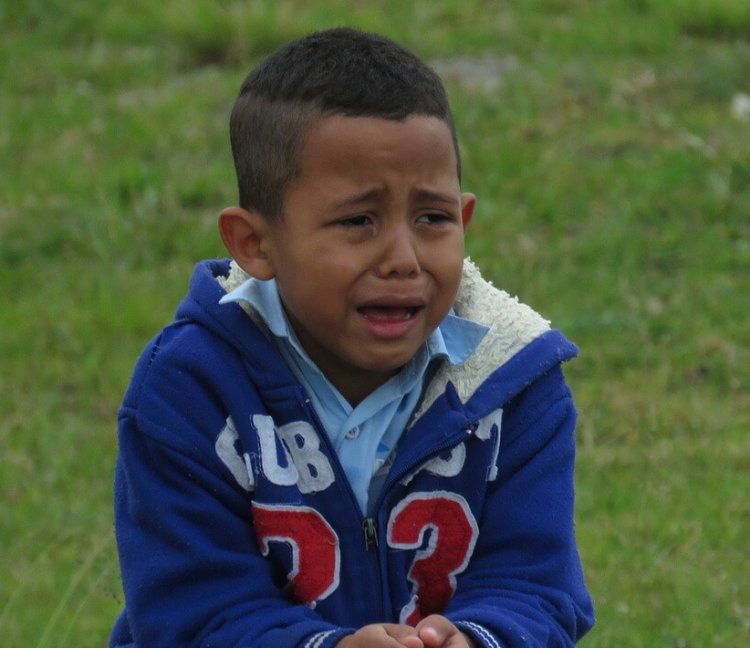
Here are two examples of where a coach may have to deal with a traumatic event.
A coach notices an athlete is having a hard time focusing during practices and games. Additionally, the player seems unmotivated and tends not to interact well with teammates. The coach learns that the athlete’s family recently lost their home and have been living in a homeless shelter.
A coach sees an athlete acting out during practice. The athlete is easily triggered by anger and can yell or act inappropriately towards teammates. In talking to the athlete’s adoptive parents, the coach learns that the athlete was in a physically abusive home for four years and then moved from foster home to foster home until being adopted last year.
As both examples illustrate, understanding and responding to trauma can be extremely important to a young person and have an influence on their engagement in physical activity. Coaches can assist in this endeavor by learning to recognize and respond to trauma to help athletes both on and off the field.
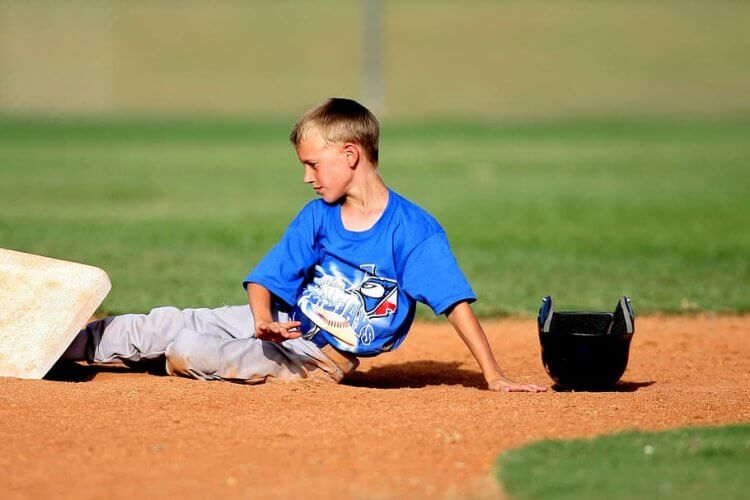
Recognize Signs and Symptoms
To begin coaches should be aware of potential causes of trauma and the signs and symptoms that may be exhibited by individuals impacted by trauma. While potential causes can be multi-faceted, the National Child Traumatic Stress Network (NCTSN) provides a comprehensive list for coaches to consider. Some common causes include community and school violence, household dysfunction, bullying and discrimination, financial insecurity, neglect and/or abuse, and traumatic grief.
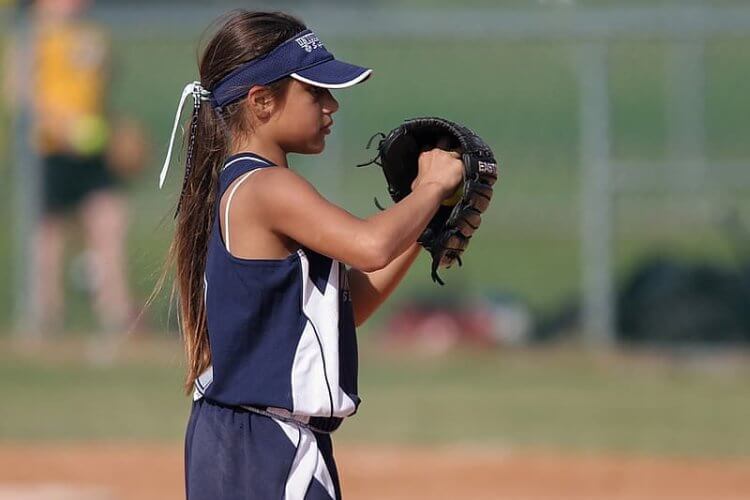
However, coaches should remember trauma occurs when the individual does not have the resources, physical and/or psychologically, to cope with the negative event. Thus, coaches need to be aware of the signs and symptoms combined with the external negative event that may indicate trauma. Play Like A Champion Today offers a list of behaviors coaches should be aware of when working with athletes. Further, researchers (e.g., Bergholz, Stafford, & D’Andrea, 2016) and agencies (e.g., NCTSN) identify potential symptoms. Here is a partial list of symptoms observable within the sport context:
- Greater difficulties concentrating and learning
- Lack of self-awareness about feelings and how they are acting
- Feelings of guilt or shame over what they did or did not do
- Overwhelmed by feelings of fear, sadness, irritability and/or anger
- Small incidents escalating to full-blown arguments
- Struggle to play by the rules when things don’t go the player’s way
- Engage in unusually reckless, aggressive, or self-destructive behavior
- Inability to make friends or form prosocial relationships on teams
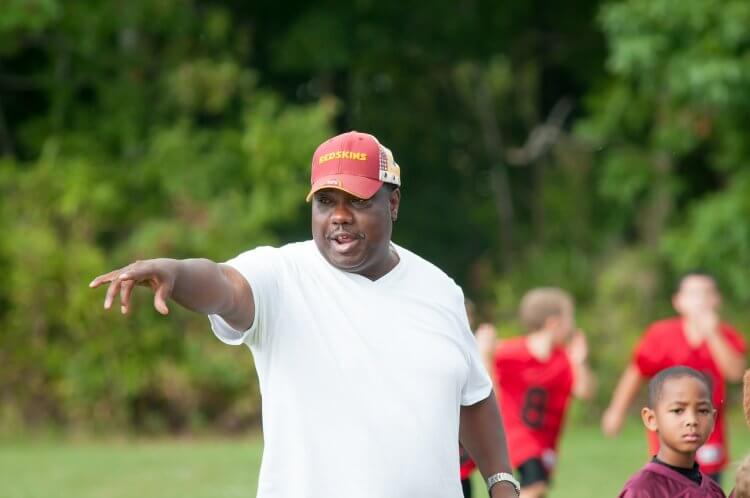
What Coaches Should Know
When coaches see many of the symptoms noted above, their first impulse may be to discipline the athlete to prevent the behavior from occurring again. When Hastings (n.d.), conducted workshops on Trauma Responsive Coaching, she reminds coaches that use of discipline rarely works. She also reminds coaches that athletes experiencing trauma are not trying to push buttons and they may not have resources to cope with the trauma (e.g., they lack stability, resilience, self-regulation, etc.). Hastings encourages coaches to engage in practices to help support their athletes and recognize they are not alone as there are people and resources available in their school and communities to support them and athletes, particularly when a referral is necessary.
Practices Coaches Can Implement
There are many practices coaches can implement that align with best practices in sport coaching. Up2Us demonstrates what a trauma-sensitive practice looks like and coaches will readily see how it connects to what they currently do (e.g., create a connection, communicate expectations, develop rituals, build confidence by giving a lot of informative feedback). In addition, We Coach (n.d.) emphasized a similar point in their white paper, encouraging coaches to create practices assuming all athletes on the team have experienced trauma. Therefore, creating an emotionally and physically safe space, establishing a clear behavioral code of conduct, being consistent and predictable, catching athletes doing good, and creating opportunities to do good, help all athletes have a positive experience and build life skills.
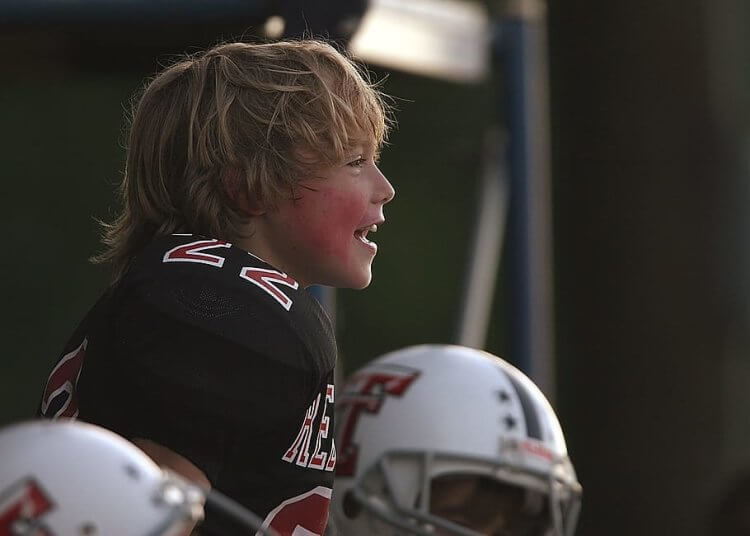
Coaches, however, may also benefit from strategies to address behavior management. Bergholz and colleagues (2016) provide some helpful suggestions.
- Use CLEAR communication.
- Calming voice and tone should be used to calm the athlete,
- Listen deeply to understand why the athlete is behaving this way,
- Explain how and why you are doing what you are doing,
- Ask engaging questions to encourage mutual understanding and developing strategies for better behavior, and
- Reduce outside noise that can increase stress.
- Reframe stressful situations. Up2Us training documented by WBUR outlines a strategy of helping athletes to stop thinking about a stressor and turn their focus to a controllable action (see the Trauma-Sensitive Coach).
- Offer athletes opportunities to opt-out and opt-in. When athletes are overwhelmed, having time away to refocus can be beneficial. However, opting out does not have to mean leaving practice or not being physically active. In fact, stepping away from the group and engaging in rhythmic physical activity on their own can aid with refocusing.
- Help athletes see their progress. Focus athletes’ attention on one skill to improve that day or toward progress rather than performance outcome.
- Develop athletes’ coping skills. Teach athletes how to develop self-awareness and self-control, be present (e.g., walk into the gym and leave the events of the day at the door so they can focus on their team, the practice, and their development), be a good friend and teammate, and advocate for themselves by letting people know what they need.
While there are many considerations for being sensitive and responsive to trauma, hopefully this article provides a starting point for helping you work more intentionally with athletes who have experienced trauma.
References
Bergholz, L., Stafford, E., & D’Andrea, W. (2016). Creating trauma-informed sports programming for traumatized youth: Core principles for an adjunctive therapeutic approach. Journal of Infant, Child, and Adolescent Psychotherapy, 15, 244-253. http://dx.doi.org/10.1080/15289168.2016.1211836
Gerrity, D., & Forcarelli, C. (2008). Child traumatic stress: What every policymaker should know. Durham, NC and Los Angeles, CA: National Center for Child Traumatic Stress. Retrieved September 12, 2019 from https://www.nctsn.org/sites/default/files/resources/child_traumatic_stress_what_policymakers_should_know.pdf
Hastings, C. (n.d.). Trauma responsive coaching. Retrieved September 12, 2019 from https://www.playlikeachampion.org/trauma.
Up2Us (n.d.). What does a trauma-sensitive sport practice look like? Retrieved September 12, 2019 from https://www.up2us.org/blog/2016/10/19/what-does-a-trauma-sensitive-sports-practice-look-like
We Coach (n.d.). Why trauma-informed sport is vital: A white paper. Retrieved September 12, 2019 from https://positivecoach.org/media/832952/whyplustrauma-infomedplussportplusisplusvital.pdf
——-
This article first appeared in the Virginia High School League’s Coaches Corner Newsletter, Vol. 7, Issue 1. https://www.vhsl.org/coach-education/coaches-corner-newsletter/
